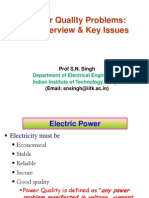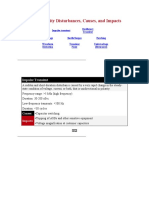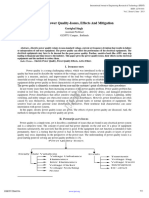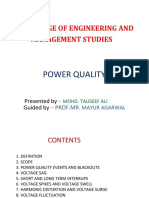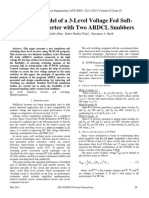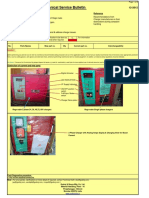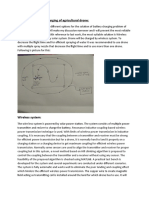0% found this document useful (0 votes)
198 views93 pagesPower Quality - Mod1
The document introduces power quality issues by defining power quality, classifying disturbances, and describing various power quality events such as harmonics, transients, sags, swells, and interruptions. It discusses the causes of power quality problems from both the utility and customer sides and presents standards for power quality evaluation and metrics for analyzing steady-state and non-steady-state phenomena. The presentation aims to provide an understanding of power quality definitions, propagation, causes, and classifications to study voltage sags and standards.
Uploaded by
Romy GeorgeCopyright
© © All Rights Reserved
We take content rights seriously. If you suspect this is your content, claim it here.
Available Formats
Download as PDF, TXT or read online on Scribd
0% found this document useful (0 votes)
198 views93 pagesPower Quality - Mod1
The document introduces power quality issues by defining power quality, classifying disturbances, and describing various power quality events such as harmonics, transients, sags, swells, and interruptions. It discusses the causes of power quality problems from both the utility and customer sides and presents standards for power quality evaluation and metrics for analyzing steady-state and non-steady-state phenomena. The presentation aims to provide an understanding of power quality definitions, propagation, causes, and classifications to study voltage sags and standards.
Uploaded by
Romy GeorgeCopyright
© © All Rights Reserved
We take content rights seriously. If you suspect this is your content, claim it here.
Available Formats
Download as PDF, TXT or read online on Scribd
/ 93




